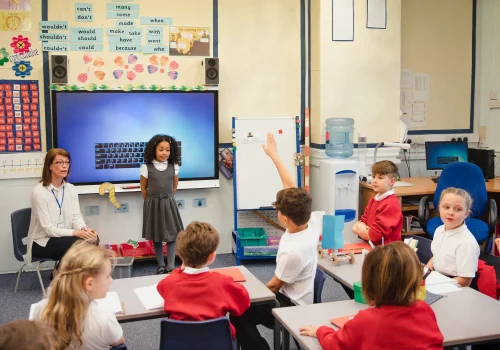What Does Online Learning Look Like
In the last decade, and especially since the global disruption caused by the COVID-19 pandemic, online schooling has moved from being a fringe educational tool to a mainstream method of acquiring knowledge. But what exactly does online learning look like in 2025? Let’s dive into how it works, what it involves, and what it means for learners of all ages.
A Flexible, Personalised Experience
Online learning is no longer confined to grainy videos and PDF downloads. Today, it’s an interactive, flexible, and often deeply personalised experience. Learners can access content on demand, meaning that education fits around their lives—not the other way around.
Core Elements of Online Learning
Here are some key components that define what online learning typically looks like today:
- Learning Platforms
Most online learning happens on platforms like Coursera, Khan Academy, Udemy, LinkedIn Learning, and university-hosted LMS systems (like Canvas or Blackboard). These platforms provide structured courses that include videos, readings, quizzes, and assignments.
- Video Lectures and Tutorials
High-quality video content is central to online education. Instructors use screen recordings, animations, and even virtual or augmented reality to explain complex topics. Many platforms offer transcripts and subtitles to make content more accessible.
- Interactive Tools
Interactive simulations, coding sandboxes, flashcards, and quizzes help keep learners engaged and allow them to apply what they’re learning in real-time. Gamification elements like badges and progress trackers add motivation and a sense of achievement.
- Live Sessions and Office Hours
Synchronous elements like live webinars, Q&A sessions, and virtual office hours with instructors provide opportunities for real-time interaction. These are especially common in professional development and higher education settings.
- Community and Collaboration
Discussion forums, peer reviews, group projects, and chat rooms foster a sense of community. Learning no longer has to be a lonely journey—many platforms encourage learners to connect and collaborate.
Online Learning at Different Levels
- K-12 Education: Schools increasingly use hybrid models that combine classroom teaching with online platforms. Tools like Google Classroom and Seesaw help teachers manage coursework and stay connected with students.
- Higher Education: Universities offer fully online degrees and certifications. These programs include not only lectures but also digital labs, collaborative projects, and even internships conducted remotely.
- Professional Development: Workers use online platforms to upskill in areas like data science, project management, and UX design. Many programs now offer industry-recognised certifications.
- Informal Learning: From YouTube tutorials to TikTok explainers, people are learning new skills informally every day—whether it’s baking sourdough bread or understanding quantum mechanics.
The Challenges and Opportunities
Online learning offers flexibility and access, but it also comes with challenges: digital fatigue, lack of motivation, and the digital divide are real concerns. However, as technology improves and educators adapt their methods, the effectiveness of online learning continues to rise.
So, what does online learning look like? It looks like a classroom in your pocket, a mentor on your laptop, and a library on your smartphone. It’s dynamic, adaptable, and ever-evolving. Whether you’re studying algebra, learning a new language, or mastering a professional skill, online learning opens doors for anyone, anywhere.





